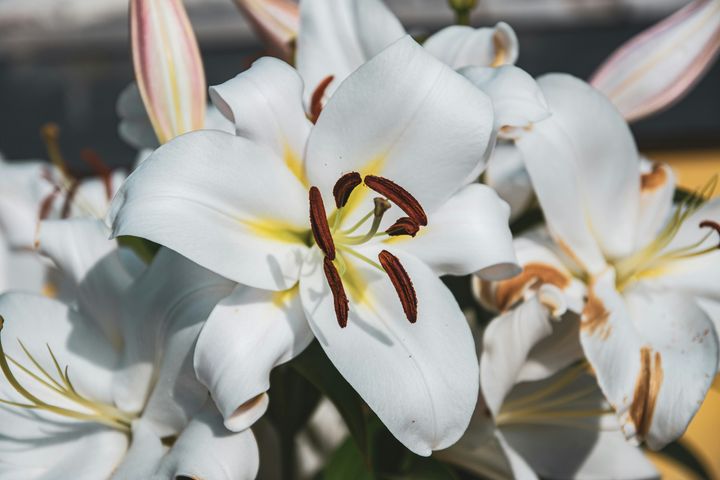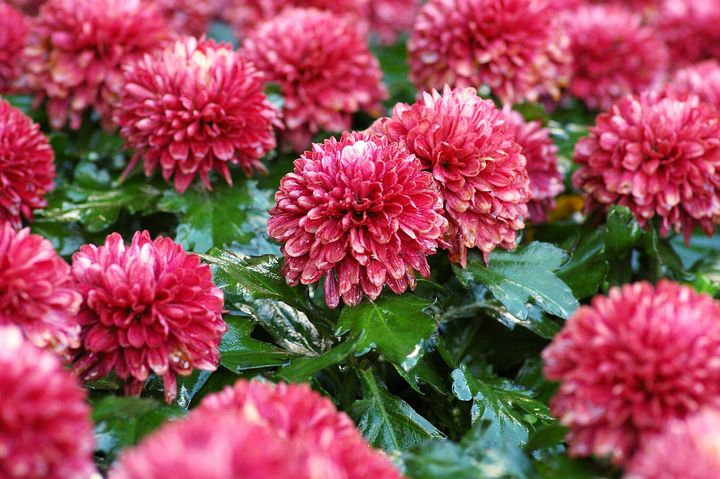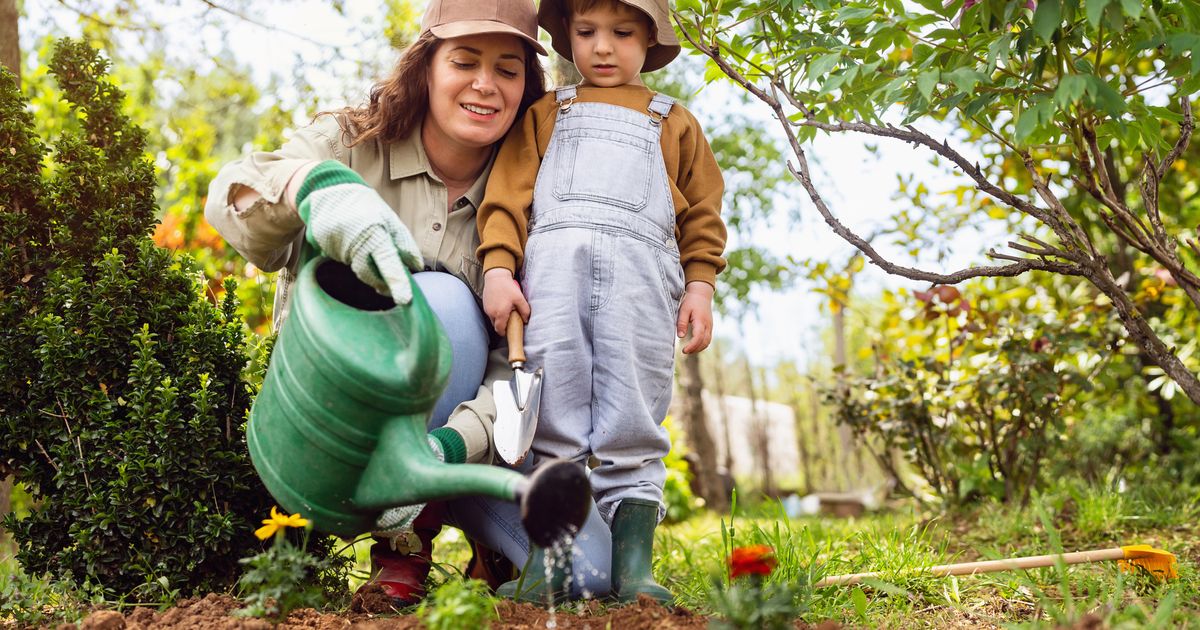If you have spent your winter days cosy indoors, not thinking about your beloved garden, now is the time to get back out there. While the temperatures are still low, the days are gradually getting brighter for longer and before we know it, spring will be with us.
What better way to prepare for the gorgeous days ahead than to plant some blooms to bring our gardens back to life?
Advertisement
Just think, we are mere weeks away from sitting outside with drinks, snacks and the sounds of nature surroudning us. Bliss.
The bulbs you should plant in February
Lilies

Often showstoppers in domestic gardens, lilies are surprisingly easy to grow and you can actually get started with them this month. Faith in Nature recommends: “Pop them 15-20cm into the ground now and enjoy their dramatic, highly-scented flowers come summer.
Advertisement
“They prefer to be in a sunny area of the garden, and like their soil well-drained. If the ground in your garden is water-logged, they can be grown in pots – which is also good news if you’re a patio gardener.”
Plus, butterflies and bees love them.
Chrysanthemum plants

These bold, bright plants effortlessly add texture and colour to gardens and this month, you can get started with planting them for stunning summer blooms.
Advertisement
Gardener’s World recommends: “Pot on rooted cuttings and small plants bought from garden centres into individual 10cm pots and pot on again when their roots have filled their growing space.
“Plant out after all risk of frost has passed, into moist but well-drained soil in a sheltered, sunny spot. Dig plenty of organic matter into the planting hole or apply a general purpose fertiliser. Provide support straight away.”
Galtonias (summer hyacinths)

Advertisement
Galtonia, also known as summer hyacinths, are a stunning way to punctuate any colourful garden. These flower later in the summer season, bringing some much-needed life to gardens that are starting to wind down ahead of cooler months.
The Royal Horticultural Society (RHS) recommends planting bulbs 10-15cm deep (at 30-60cm intervals) in late winter or early spring.
Ah, it’s so good to be back, isn’t it?












